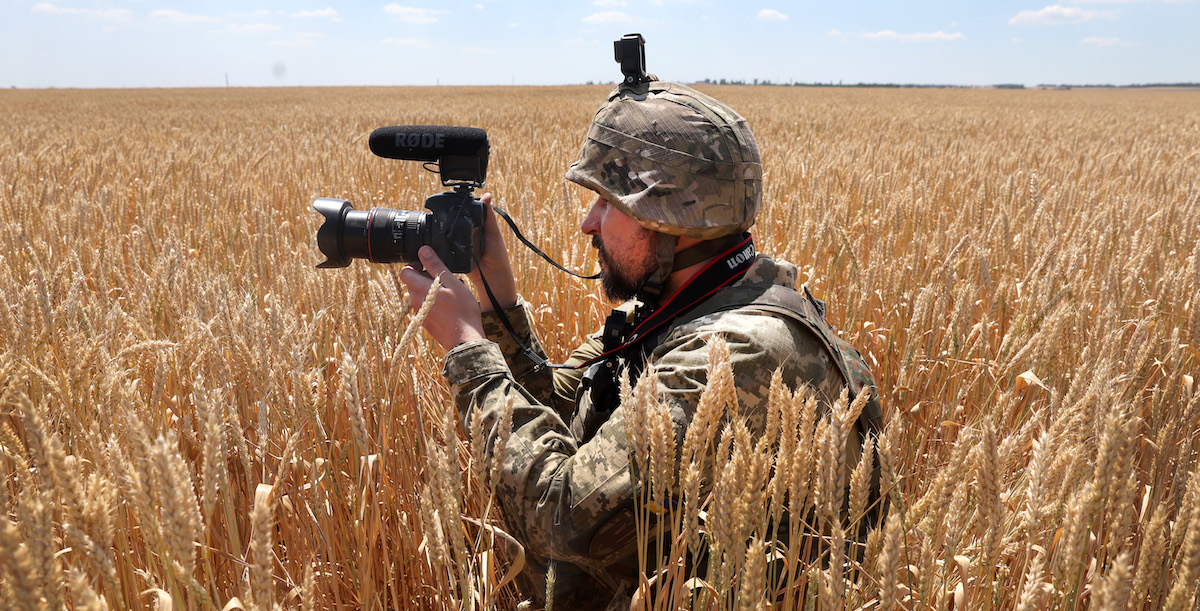Over the past week, the price of wheat has seen sharp swings with price increases and fallout due to Russia’s decision to abandon an important agreement – brokered last year by the United Nations – to ensure the transport of grain in the Black Sea despite the war in Ukraine. As expected, the end of the agreement has led to an increase in the cost of cereals and could have repercussions in the coming months in the food sector, whose prices had fallen in recent months after the sharp increases in the early days of Russia’s invasion of Ukraine. Stocks are abundant and prices are still far from those of more than a year ago, but the poorest countries could suffer more than others from the new fluctuations.
In addition to being one of the world‘s largest exporters of grains, vegetables and seed oils, Ukraine is a major supplier to the UN’s World Food Program (WFP), the initiative to eradicate hunger and malnutrition. In the first half of the year, Ukraine alone it provided 80 percent of cereals distributed by WFP, amounting to almost 33 million tons. The level of supplies will probably be lower in the coming months, having to rely above all on alternative transport systems such as trucks and trains, but the Ukrainian government does not however exclude that transports will continue by ship despite the rather aggressive declarations of Russia.
In addition to having carried out various attacks on the infrastructure of the ports of Odessa and Mykolaiv, Russia has said it will consider ships crossing the Black Sea as potential arms transports, threatening to take action against them. Ukraine responded to the announcement by saying it considered ships traveling to the Russian-controlled part of the Black Sea as potential transports of military assets “with all the attendant risks”.
It is unclear what impact the new tensions will have on merchant shipping activities in the Black Sea. According to aanalyses Of Associated Press, ships carrying grain and other grains from Ukraine have loads worth tens of millions of euros and must be insured accordingly. The crossing is dangerous in some places mainly due to the presence of unexploded mines in the water, but also due to the risk of damage if the ships are in the port cities when they are attacked by Russia. Insurance companies are reluctant to take too many risks, especially after threats from the Russian army, and the lack of guarantees could be a further obstacle to the recovery of shipping by ship.
Since the beginning of the war, Ukraine has strengthened its road and rail transport systems, but the main route for exports is still the Black Sea. The passage of cereals by land it is also not well regarded from Bulgaria, Romania, Hungary, Slovakia and Poland because it depreciates the grain produced by their farmers. The five countries recently signed a document demanding that supplies from Ukraine be allowed to reach the rest of the world without having such a major impact on their markets. The matter will be discussed next week with the other countries of the European Union, but finding a shared solution will not be easy.
Many of the problems that have emerged in recent days had been brought at least partially under control thanks to the agreement brokered by the United Nations. In the year or so it was in force it had allowed Ukraine to export million tons of wheat and seed oil and to reduce the price of wheat by about a third, compared to the maximum reached in the first months of the war. In peacetime Ukraine exported 10 percent of all grain exports in the world, the share had gradually decreased after Russia’s invasion of the country, leading to a reorganization of production and exports to various other countries.
The new reduction in grain supplies from Ukraine will be partly offset by higher production expected in other areas of Europe, the United States and Canada, a country which had reduced exports in recent years due to prolonged droughts. However, exports will be concentrated among a small number of countries and this could make the market more exposed to rapid fluctuations, also due to the heat waves of recent weeks in many areas of the northern hemisphere.
The lower availability of Ukrainian wheat, usually among the cheapest, could have a negative impact in particular on the countries of the Horn of Africa and parts of the Middle East. According to a relationship of the United Nations, more than 780 million people went hungry in 2022, an increase of about 122 million people compared to 2019.
